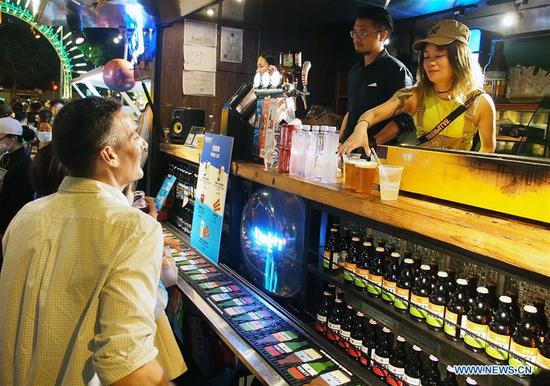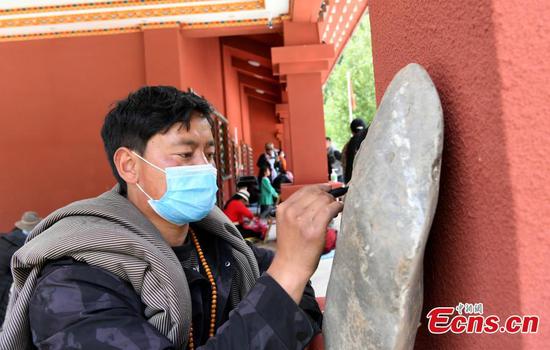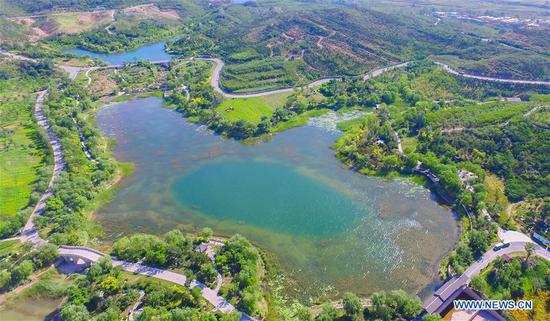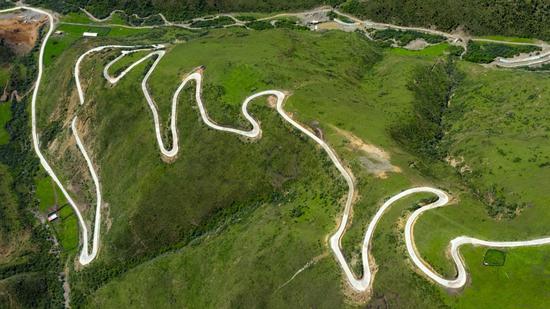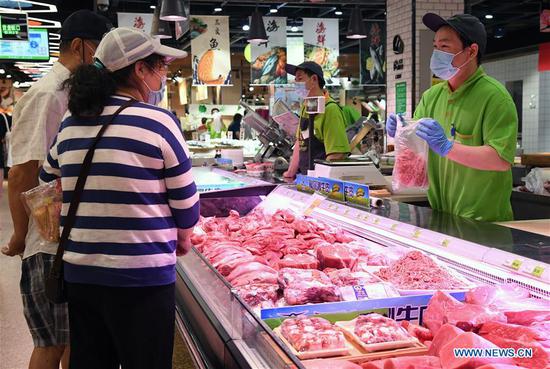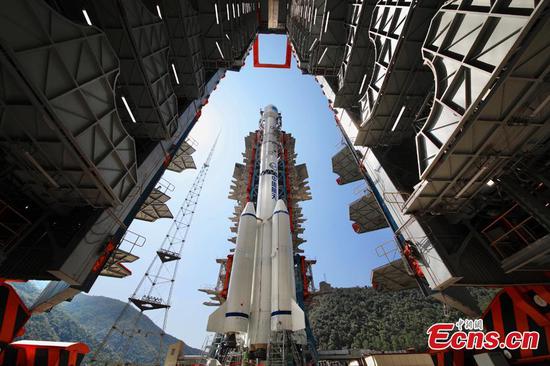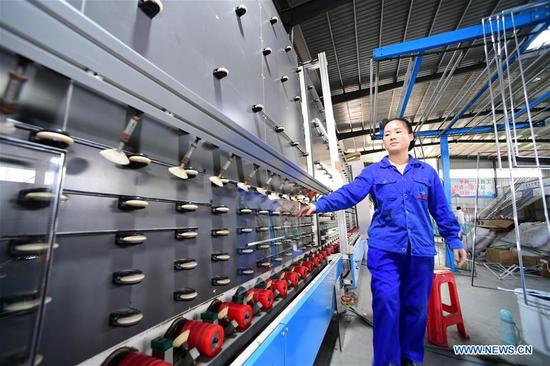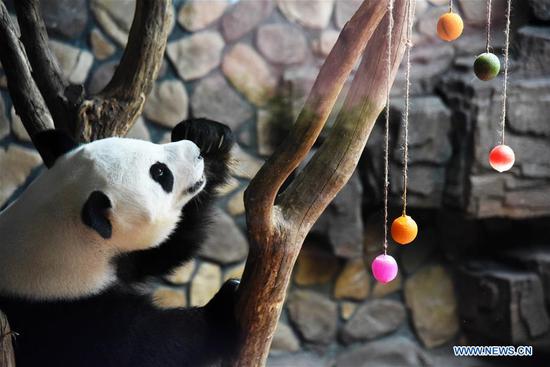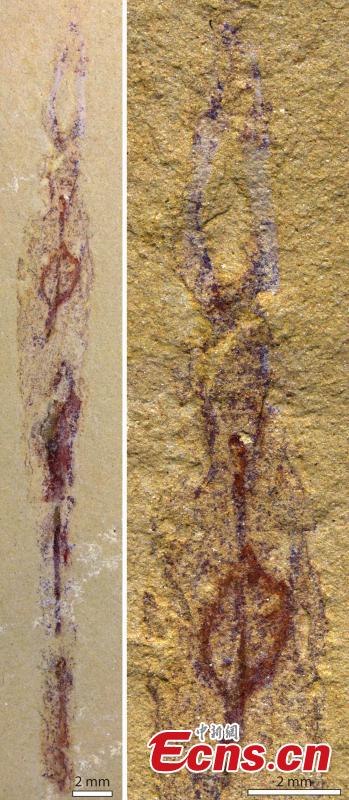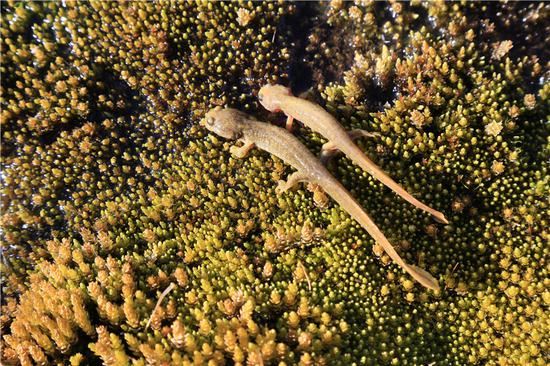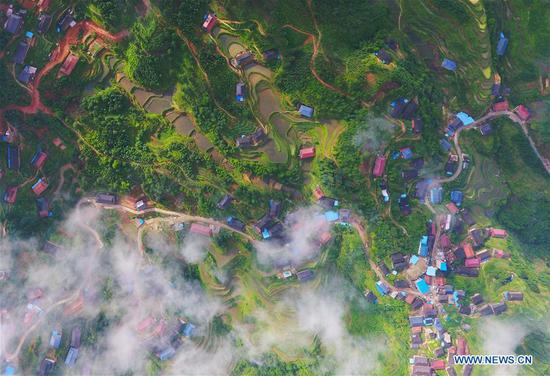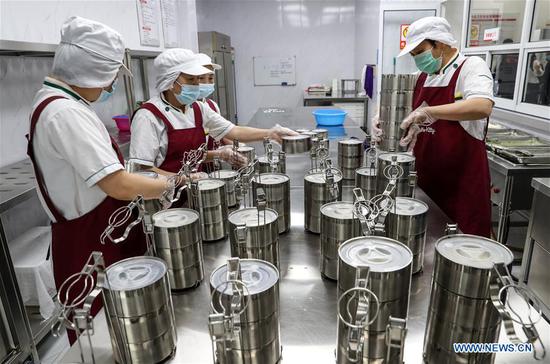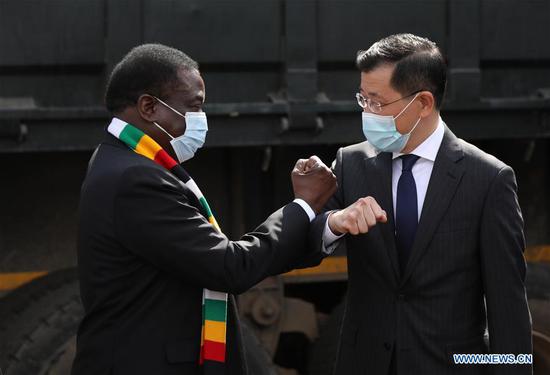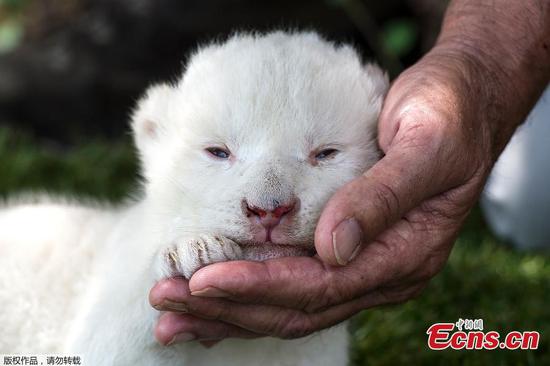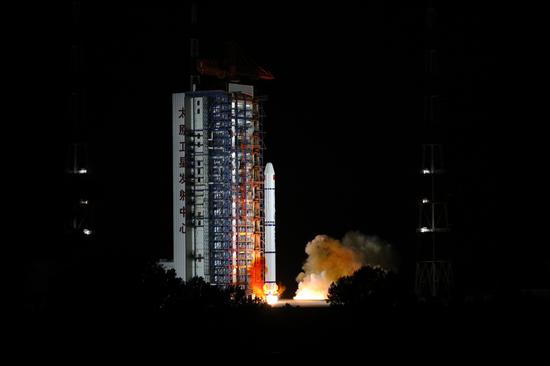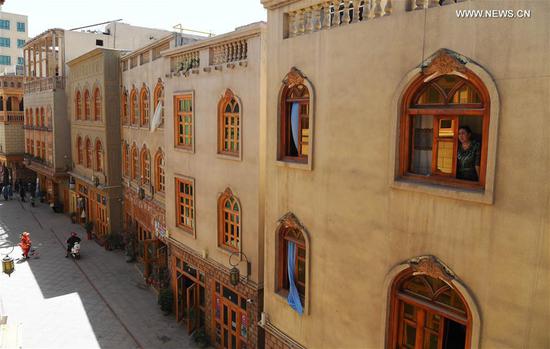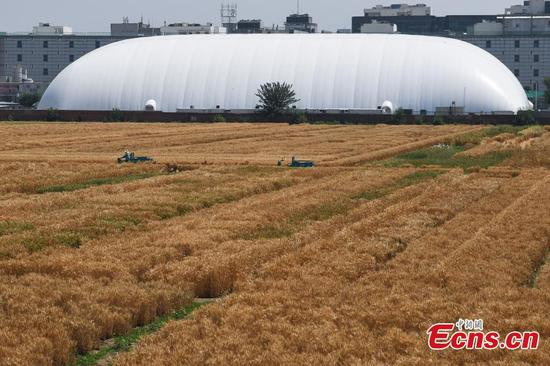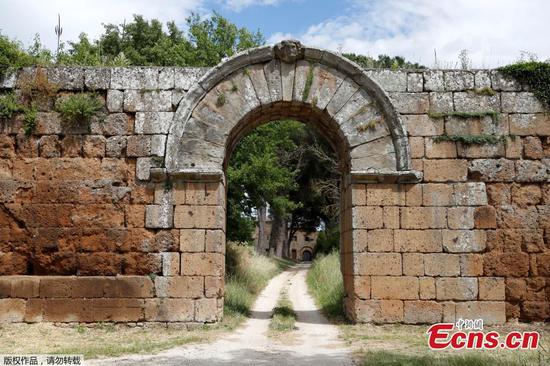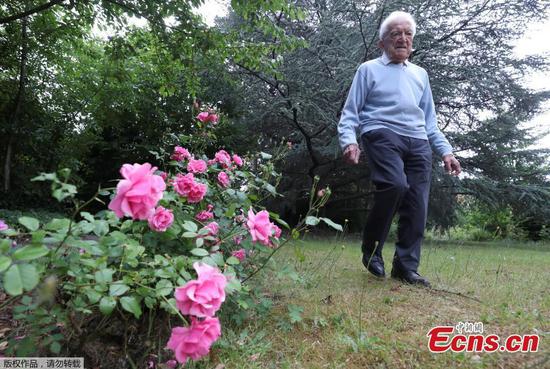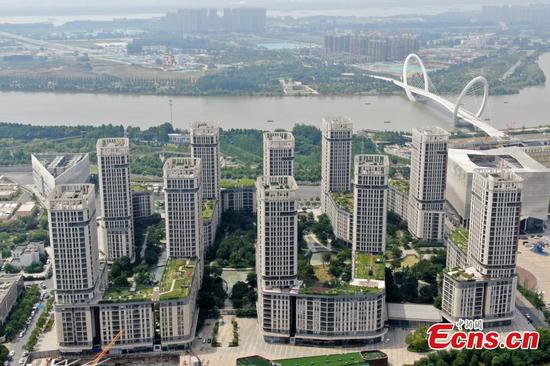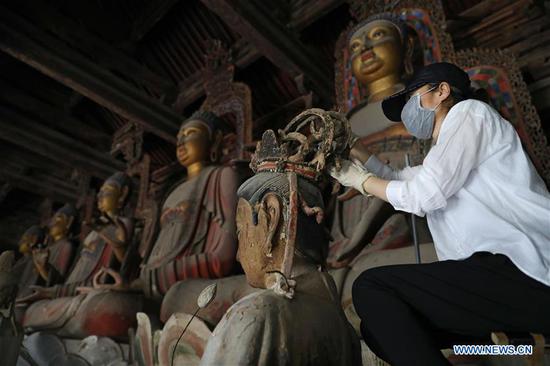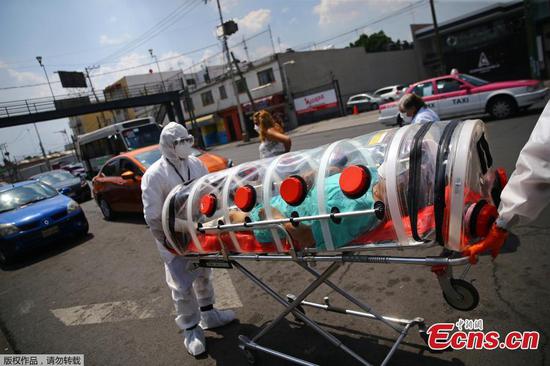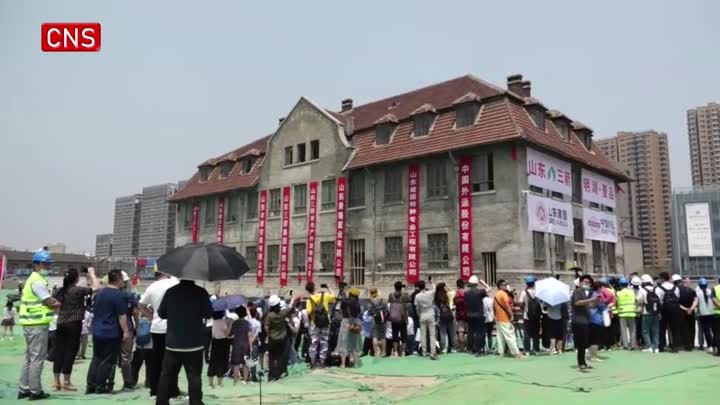In a mountainous county of central China's Hunan Province, a rice variety that was once abandoned by farmers has been brought back to life for its special genetic and economic value.
"When I was a child, most villagers grew red rice, but it gradually disappeared," said 61-year-old villager Li Yanxian in Qingchun village, Shuangpai County.
Nicknamed "dryland red rice," the species is distinguished from other varieties by its red color when the husks are removed, and it requires less watering.
"Its seeds have strong self-protection ability. They go dormant in bad weather and wait for the right time to sprout," said Lin Wenzhong, deputy director of the county's agriculture and rural affairs bureau.
However, the low-yield red rice gradually lost its popularity in the 1990s to more productive hybrid rice and other crops, Lin said.
In 2006, as consumers became more willing to pay more for quality food, Lin came up with the idea of growing dryland red rice to meet the demand.
During the following decade, Lin visited many townships and villages across the county in search of the seeds.
In 2016, Lin finally found the lost seeds in the collection of a local farmer. The less than 1 kg of seeds helped him begin his ambitious plan in a small plot of land on the hillside.
Facing challenges of floods, gnawing rats and pecking birds, Lin harvested 16.5 kg of the rice after about 130 days of growth.
"Now the yield can reach 300 kg per mu (667 square meters) and the rice is sold at a favorable market price for its quality," Lin said.
Besides the higher price, the efforts to bring the lost crops back to life are an effective means of protecting genetic diversity. "The ancient crop can be a precious genetic resource for crossbreeding," Lin said.
This year, nearly 200 mu of red rice has been grown, according to Lin.













